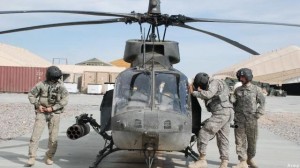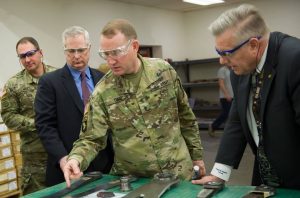Invisible, Essential: Open Architecture For Army Aircraft
Posted on
NASHVILLE: While sexy photos of revolutionary aircraft naturally get the most attention, one of the most important pieces of the Army’s Future Vertical Lift effort is actually invisible. Called the Modular Open Systems Architecture (MOSA), it’s a complex set of software and hardware protocols, to be used by all FVL aircraft, both manned — the FARA scout and the FLRAA transport — and unmanned — the FTUAS and AUAS drones. It should allow the Army to upgrade its future aircraft easily — mixing and matching the best offerings from different vendors — as technologies, threats, and missions change.
This year, the Army’s conducting five demonstrations of, in effect, prototypes for MOSA. (The mind-numbing full name is Joint Multi-Role Mission Systems Architecture Demonstration, JMR MSAD). The service has awarded at least seven contracts, three of them for what it’s calling Mission Systems Integrators, although the only competitor to publicly announce its award is Collins Aerospace (a division of United Technologies that includes the former Rockwell Collins). The MOSA demos will wrap up late next year. A proto-prototype of sorts is being developed for the UH-60V “Victor” model of the Black Hawk helicopter.
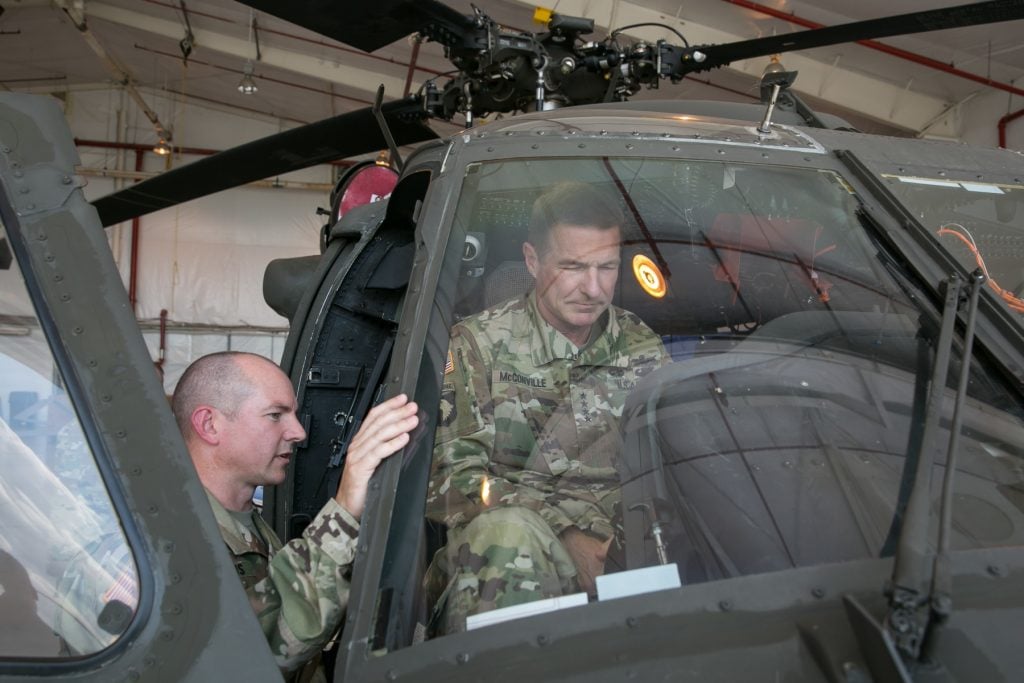
Gen. James McConville checks out the upgraded cockpit of the new UH-60V “Victor” model, which will be mainly used by the National Guard.
“We think this is absolutely critical, because we want to be able to field new capabilities very quickly into our aircraft in the future,” Gen. James McConville — the Army’s senior aviator, current vice-chief of staff, and nominee for the next chief — told the Army Aviation Association of America conference this week.
“I used to fly Kiowa Warriors,” McConville told reporters afterward. “It was a great aircraft at the time, [but] there was no open architecture…..If you wanted to change code for the multi-functional display [for example], you’d have to rewrite the entire code [for the whole aircraft] and flight test it, because…. you might impact the flight controls.”
“It was a big deal just to change a screen,” he said, let alone make a major upgrade like a new weapon, sensor, or defensive jammer. That was tolerable when upgrades were infrequent and each subsystem on an aircraft was effectively stand-alone. It’s unacceptable in the modern world, , where technology advances at a frenetic pace and each aircraft has multiple interdependent systems all networked together. What you want, McConville said, is something like the iPhone, where any vendor can offer a new app as long as it meets Apple’s technical standards and Apple itself updates the underlying operating system every few weeks.
“How many people out there have mobile phones that are more than two years old?” Jeffrey White, the Army’s principal deputy assistant secretary for acquisition, asked the Quad-A conference. So why does it take multiple years just to upgrade an existing aircraft? “We’ve got to build our equipment faster. We’ve got to deliver improvements to the warfighter more quickly, we need to look … introducing upgrades over the network, much like you get upgrades to your cellphone.”
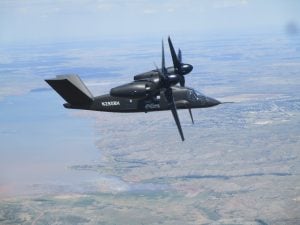
Bell V-280 Valor tiltrotor in level flight with rotors facing forward. The V-280 is widely considered the leading candidate for the Future Long-Range Assault Aircraft (FLRAA)
Software upgrades in particular should be swift because they don’t require any physical changes to install. But in a weapons system like Kiowa Warrior, a change in one section of code (say, displays) could inadvertently affect another (say, flight controls). So any upgrade requires not only meticulous debugging of the software, but time-consuming flight tests to prove and certify that the aircraft is still safe.
What’s more, because software and hardware were not standardized, it was often impossible to change them without knowing the original manufacturer’s trade secrets — their proprietary intellectual property. That often led to so-called “vendor lock,” when only that original manufacturer could do upgrades, with no competition on either quality or price.
The solution, much easier said than done, is to break the system into self-contained components — modules — that connect to each other like Legos using a standardized, well-defined set of interfaces — the architecture — and allow all potential competitors to know how those interfaces work — the “open” part. In theory, this allows you to take a single module of software and/or hardware made by one vendor, e.g. the cockpit displays, and replace it with a new and improved module from another vendor. Because each module is basically a black box that plugs-and-plays into the wider architecture, interacting with other modules only in strictly limited ways that everybody knows about, replacing it shouldn’t have unexpected impacts on the rest of the system and shouldn’t require learning anyone’s trade secrets to make things work together.
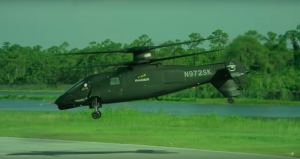
Sikorsky’s S-97 Raider, a leading candidate for the Future Attack Reconnaissance Aircraft, shows off its agility.
“We probably don’t need to understand how that box works, we just need to understand what the input is and what the output is,” White told the conference. “No longer is it appropriate to go out and simply ask for the IP for the entire piece of equipment” — a chronic sticking point with contractors, especially small businesses whose intellectual property is often their main asset.
The modular approach applies most obviously to software, but has implications for hardware as well. “We don’t need a whole helicopter in order to prove out a rotor head, a landing gear assembly, or a control feature,” White said. Instead, you can just put the new component, whatever it is, on a current aircraft and see how well it works: “We can fly it, we can test it, and we can get feedback.”
Now, actually developing interface standards to allow easy plug-and-play of new components is not easy. There’s at least a foundation out there, the Future Airborne Capability Environment, which is developed and updated by a government-industry coalition, but FACE may need more refinement and detail.
On the upside, at least one Army aviation program is already implementing these principles, if only in the cockpit: the UH-60V “Victor,” an upgraded version of the UH-60L “Lima” mainly used by the Army National Guard, of which the Army plans to field 760.
“Our first opens systems architecture cockpit is in the UH-60 Victor,” which will soon go into operational testing, said Brig. Gen. Thomas Todd, the Army’s Program Executive Officer for Aviation. “That’s really the pre-runner to MOSA. It’s helping inform MOSA as we speak.”
“We turn changes right now in that cockpit sometimes overnight, software changes,” Todd said. Instead of having to test everything every time you change anything, he said, the modules are “fully partitioned, such that this part of the aircraft doesn’t have to touch that part of the aircraft.”
“You may think that’s relatively simple,” Todd told the conference. “That’s not simple.”
Subscribe to our newsletter
Promotions, new products and sales. Directly to your inbox.


